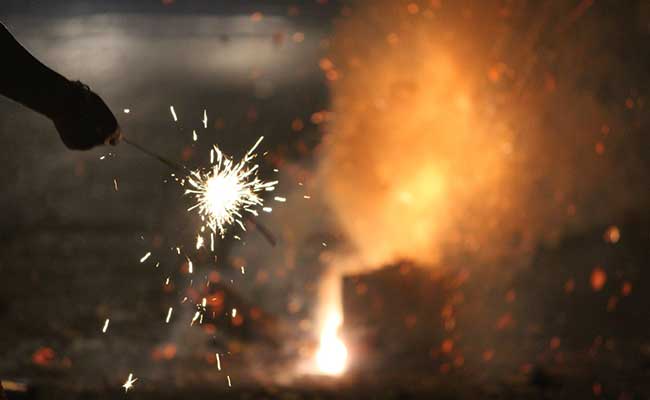Title: Plaster of Paris: A Versatile Material with Numerous Creative Applications
Introduction:
Plaster of Paris, often referred to as POP, is a widely used material with a rich history in the fields of art, crafts, and construction. Derived from gypsum, a naturally occurring mineral, plaster of Paris offers exceptional versatility and ease of use, making it a favorite among artists, DIY enthusiasts, and professionals alike. In this blog, we will explore the fascinating world of plaster of Paris, its composition, properties, and diverse applications.
What is Plaster of Paris?
Plaster of Paris is a type of gypsum plaster that derives its name from its origin – the large gypsum deposits found near Paris, France. The term “plaster of Paris” is now commonly used to describe gypsum plasters that are easy to mix with water, set quickly, and harden into a white, smooth finish.
Composition and Properties:
Plaster of Paris is primarily composed of calcium sulfate hemihydrate, which is a powdered form of gypsum. When mixed with water, it undergoes a chemical reaction, converting into gypsum through a process called hydration. This reaction leads to the formation of a semi-solid paste that can be molded and shaped before it sets and hardens into a solid structure.
One of the most notable properties of plaster of Paris is its excellent workability. It can be easily manipulated, poured into molds, and carved, allowing artists and craftsmen to create intricate designs. It also exhibits good adhesive qualities, making it suitable for bonding surfaces. Additionally, plaster of Paris has fire-resistant properties, making it ideal for certain construction applications.
Applications in Art and Crafts:
Plaster of Paris has been a favorite material among artists and craft enthusiasts for centuries. Its ability to capture fine details and its smooth, white finish make it an excellent medium for creating sculptures, figurines, and relief artworks. It can be used to cast molds for reproducing objects, making it an invaluable tool for artists looking to create multiple copies of their work. Plaster of Paris is also popular for making masks, pottery, and decorative objects due to its versatility and ease of use.
Construction and Home Improvement:
Plaster of Paris finds numerous applications in the construction industry and home improvement projects. It is commonly used for creating ornamental designs on ceilings and walls, adding elegance and architectural flair to interior spaces. Plaster of Paris can also be used for patching and repairing damaged walls and creating decorative moldings. In the medical field, it is utilized for making casts to immobilize and support fractured bones during the healing process.
Educational and Science Projects:
Plaster of Paris is frequently employed in educational settings for various projects and experiments. It is commonly used for creating maps, relief models, and dioramas, allowing students to visualize geographical features and historical events. In science projects, plaster of Paris can be used to create fossil replicas or to demonstrate chemical reactions and crystallization processes.
Precautions and Considerations:
While plaster of Paris offers numerous benefits, it’s essential to handle it with care. When mixing the powder with water, follow the manufacturer’s instructions to achieve the desired consistency. Avoid inhaling the dust particles, as they can be harmful to the respiratory system. Additionally, ensure proper ventilation when working with plaster of Paris and use appropriate protective gear, such as gloves and masks, to protect your skin and lungs.
Conclusion:
Plaster of Paris is a remarkable material that has stood the test of time, captivating artists, craftsmen, and builders for generations. Its unique properties, versatility, and ease of use make it a go-to choice for a wide range of applications in art, crafts, construction, and education. Whether you’re an artist looking to create a masterpiece or a DIY enthusiast working on a home improvement project, plaster of Paris is




